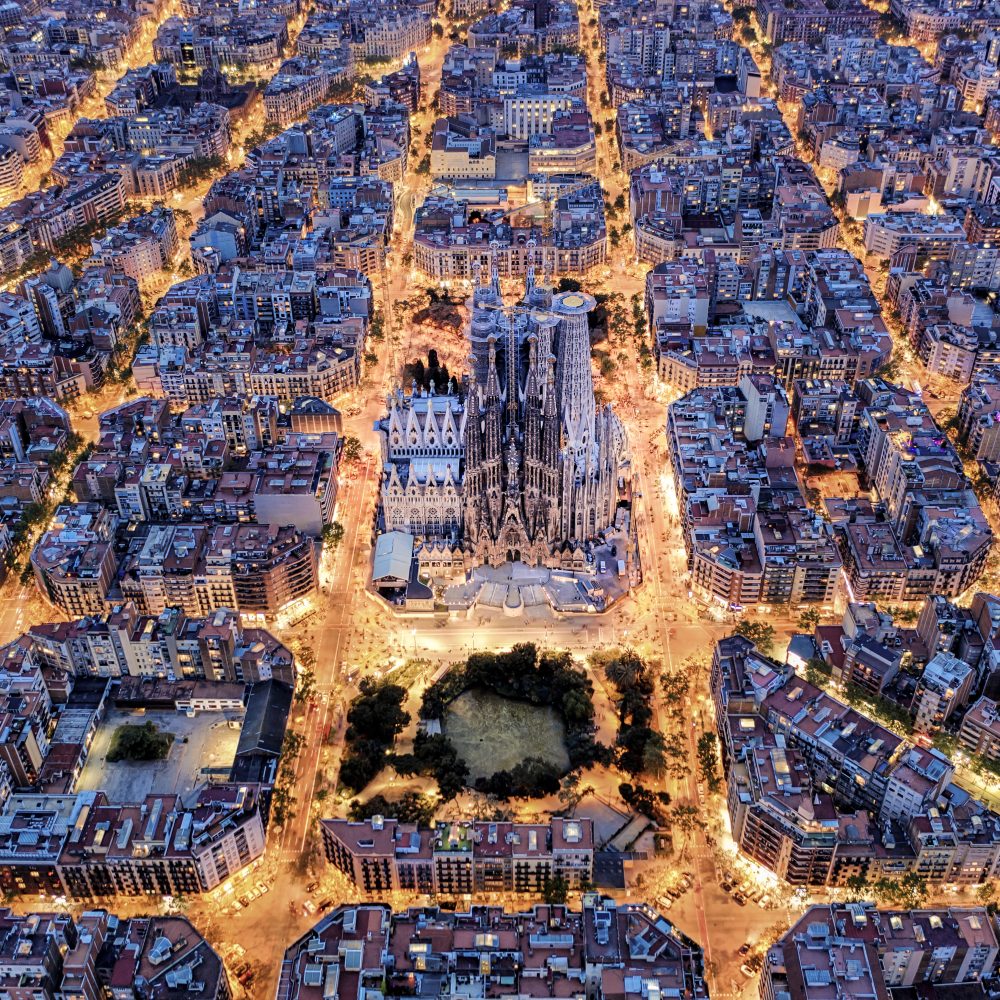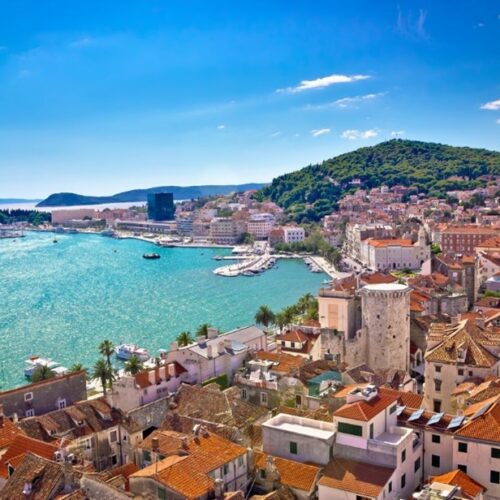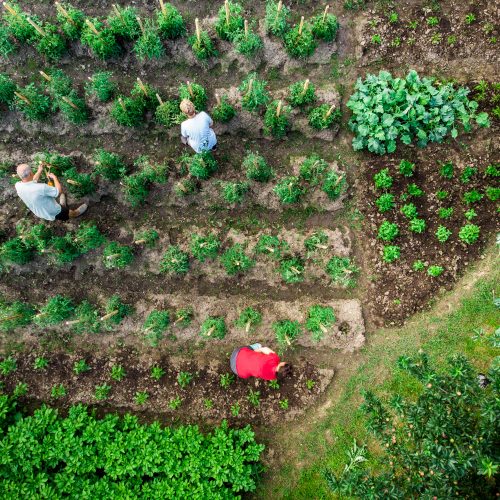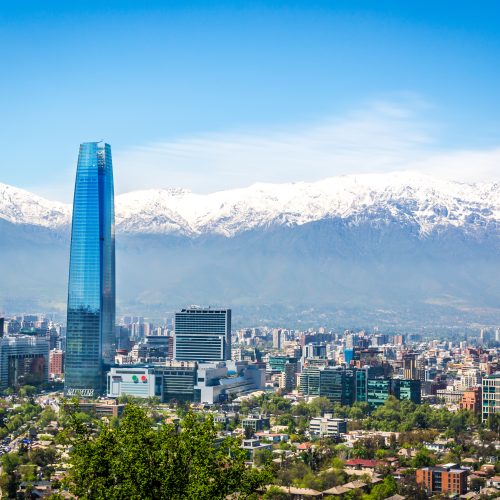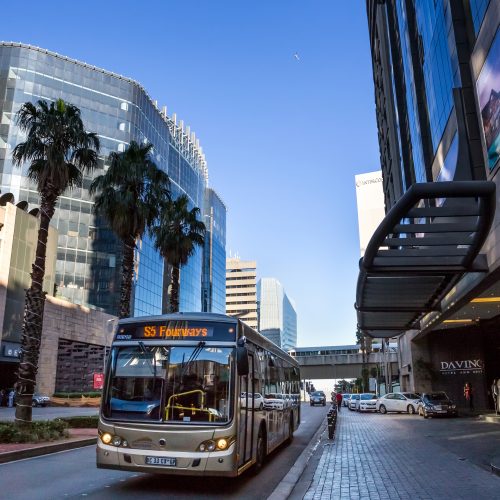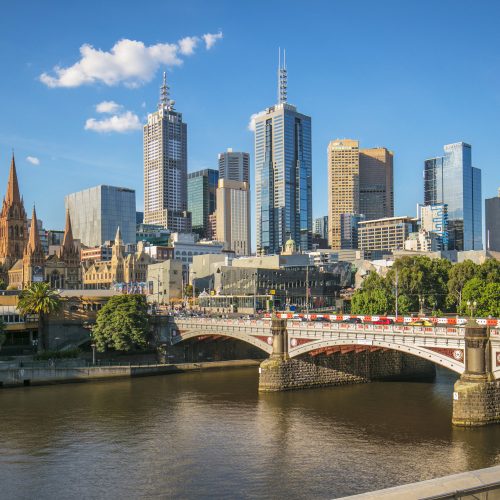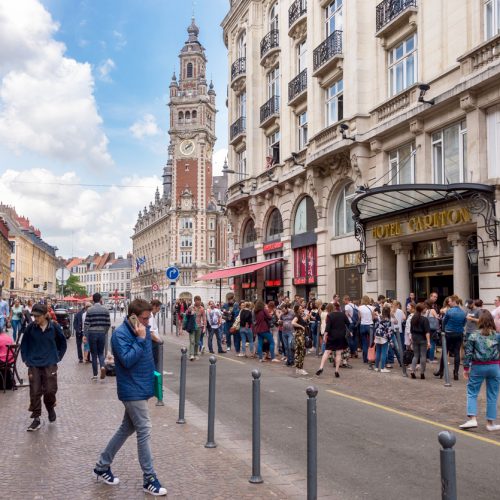Context and policy overview
The municipality of Barcelona’s “Citizen Commitment to Sustainability 2012-2022 – Compromís 22” agenda promotes engagement and collaboration to create a more liveable and sustainable city. More than 800 local organisations have signed the document.[1] One of the aims of the Commitment is to place the individual at the centre of decision-making in city planning, with an increased focus on small-scale interventions.[2] The “Let’s fill the streets with life” programme was initiated to prioritise access to public space for people rather than vehicles. The programme centres around public participation.[3]
Barcelona’s Climate Plan 2018-2030 builds on the Commitment’s aims, with “superblocks” seen as a means of fulfilling the plan’s goal to increase green space and cut GHG emissions.[4]
The city’s 2013-18 Barcelona Urban Mobility Plan (UMP) also sought “to promote positive communal relations between people as well as social cohesion, wellbeing and public health” and promoted superblocks.[5] Moreover, the new Urban Mobility Plan 2019-2024 includes plans to significantly expand the superblocks programme across the entire city.[6]
Implementation
The superblocks programme redefines public space, giving priority to people, greenery and human interaction while minimising the space allocated to roads and vehicles. Superblocks consist of a small grid of blocks and roads (approximately 400 m x 400 m), with cars, vans, scooters and other vehicles restricted to the outer perimeter roads (unless the drivers are residents or delivering to local businesses, in which case their maximum speed should be 10 km/h). The city has expanded cycle lanes and initiated an orthogonal-grid bus network, using main thoroughfares only.[7] Superblocks are intended to function as mini-neighbourhoods, creating opportunities for leisure, sports and social interaction.
The approach was first tested in the neighbourhood of Poblenou in 2015. There, the initiative has transformed public space, with 75 per cent of the area that was once occupied by cars now freed up for cycle lanes, benches and room for residents to interact and children to play.[8] Four new 2,050 m2 public squares have also been introduced
So far, Barcelona has completed six superblocks and the Urban Ecology Agency (BCNEcologia), a public consortium within the city council, has set out plans to develop 503 more superblocks across the city.
Barriers and critical success factors
While there have been some criticisms, for instance about the inconvenience to drivers as a result of complicated rerouting, the occupants of superblock areas have tended to welcome the changes.[9]
Following the Poblenou test case, the city learned important lessons that were carried through into the development of later superblocks. For example, a lack of sufficient funding to develop the superblock and an initial failure to engage local stakeholders created some opposition and animosity.[10]
Strong, clear communication between planning authorities and residents is recognised as being essential to increase the acceptability of the projects. Public engagement and participation throughout the planning stages also create a sense of ownership and emotional attachment to the areas for the people who will use the spaces. Participatory processes take both those involved in design and policy as well as the communities on a shared journey that is likely to culminate in a joint and mutually acceptable vison for Barcelona.
Furthermore, during the process of developing and designing the superblock spaces, a willingness to experiment and to learn by doing allows people to evaluate the changes as they engage with the spaces. This enables simple, low-cost, no-regret interventions to bring about rapid changes in behaviour and the environment. These can then lead to investment in more permanent changes to the public realm, a clear demonstration of value creation for the neighbourhood. Superblocks are open projects; since the completion of the Poblenou project, any proposed action undergoes a participatory process involving local residents and organisations to ensure social acceptance. The outcomes of the implementation process are different in each block as each neighbourhood has its own preferred approach, characteristics, economic activity, density and so on.[11]
The superblocks initiative is simple but its effects have been transformative. The project is low-cost and relatively quick to carry out, with no physical changes required and with a strong dialogue between city authorities and residents being the major driver of success.
Results and lessons learned
- Building on the initial experiment in Poblenou, the municipality has now created superblocks in five pilot neighbourhoods, with plans for many more. Through these projects, the city hopes to achieve emission reductions of between 20 per cent and 75 per cent.
- The superblocks initiative is part of the city’s Urban Mobility Plan, which aims to decrease traffic by 21 per cent while extending car-free spaces and providing 300 km of bicycle lanes. In the Poblenou superblock, vehicle numbers on the inner streets have fallen by 58 per cent while traffic around the periphery has increased by only 2.6 per cent. More than 300 benches have been installed and 212 new trees planted.
- The project has increased the amount of green space by 1 m2 per capita, reduced the heat island effect and noise pollution and improved air quality.
- The superblocks provide car-free places that are safer and more enjoyable for children and older people. These areas also foster social interaction, sports and cultural activities and expand opportunities for small businesses.
- Quality of life has improved in the city, making Barcelona a more attractive destination for business and tourism.
- The initiative is scalable and could be applied to new developments as well as to regeneration projects.
- A recent study found that if all 503 of the proposed superblocks were implemented, almost 700 premature deaths could be prevented annually (mainly due to reduced pollution levels) and life expectancy could be increased by almost 200 days per resident. These outcomes could result in economic savings of €1.7 billion a year.
The experience of superblocks in Barcelona has shown that initial opposition to such projects must be expected but can be overcome through strong engagement and communication tailored to the specific circumstances of a neighbourhood.








